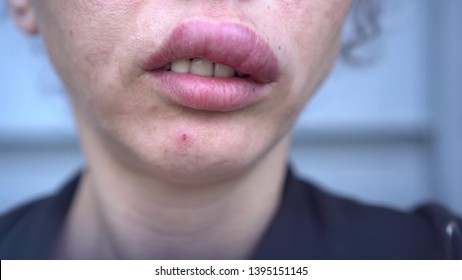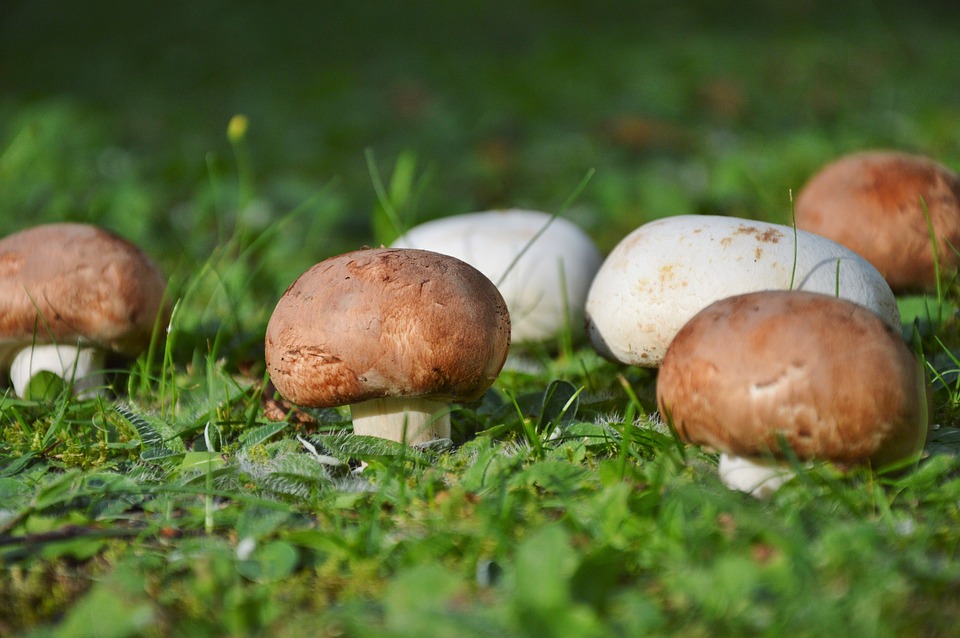In this blog, I want to discuss Fucoidan and Mushroom allergy. The reason to focus on Agaricus mushroom allergy is that most of the Fucoidan product contains different mushroom types such as Reishi, Maitake mushroom, and Agaricus. Agaricus mushroom is primarily a very popular medicinal mushroom with much research available to us.
There are many types of research on the medical mushroom Agaricus Blazei. However, I cannot find the one related to cause allergy with Agaricus Blazei mushroom. Most of them show to protect allergy, like “An extract of the medical mushroom. Agaricus Blazei Murill can protect against allergy” by Linda K Ellertsen et al.
For instance, the study showed that a mouse model of allergy was used to investigate if the medicated mushroom Agaricus Blazei Murill (AbM) could prevent the disease. As a result, when AbM was administered to mice for nearly three weeks after allergen immunization compared to the control, this treatment also significantly reduced anti-OVA IgE levels (p = 0.048, two-way ANOVA). (Elevated serum IgE levels characterize the allergic disease.)
Additionally, I found that one study showed that regular mushrooms, Agaricus bisporus, could cause an allergy symptom.

According to “Anaphylaxis caused by the ingestion of cultivated mushroom (Agaricus bisporus): Identification of allergen as mannitol” by Venkatesh L Hedge et al., showing an example of a case of anaphylaxis by mushroom. Mushrooms are commonly used as foods around the world, but food allergies to mushrooms are less common. However, the study showed a severe case of anaphylaxis in a 32-year-old woman who experienced facial edema and generalized urticaria minutes after eating mushroom curry.

Mushrooms contain mannitol, pentosan, hexosan, alpha, alpha-trehalose, and trace amounts of glucose. Mannitol is the fungus major sugar component and helps maintain the osmotic concentration in the fruit needed to maintain water content.
This study was conducted to investigate whether the cause is the Agaricus bisporus allergen.
They believe that the post-ingestion anaphylaxis, in this case, is for different allergens that may be either mannitol or protein heating or LMW components.
From cooked, steamed, or dried mushrooms gave positive results indicating that the allergen is thermostable. This thermal stability of the allergen appears to be responsible for the anaphylaxis seen in this case after mushroom curry ingestion.
Also, ingesting minimal amounts of mannitol in mushroom curry makes it look like IgE-mediated anaphylaxis. Since mannitol is an LMW allergen, conjugates with high molecular weight substances may have caused the initial sensitization.
There are very few cases recorded to deliver allergies to mushrooms. Yet, I am sure that some have severe mushroom allergies, as mentioned in the research. So, I want to suggest that before taking Fucoidan, it is essential to be careful and check whether you have any food allergy.
